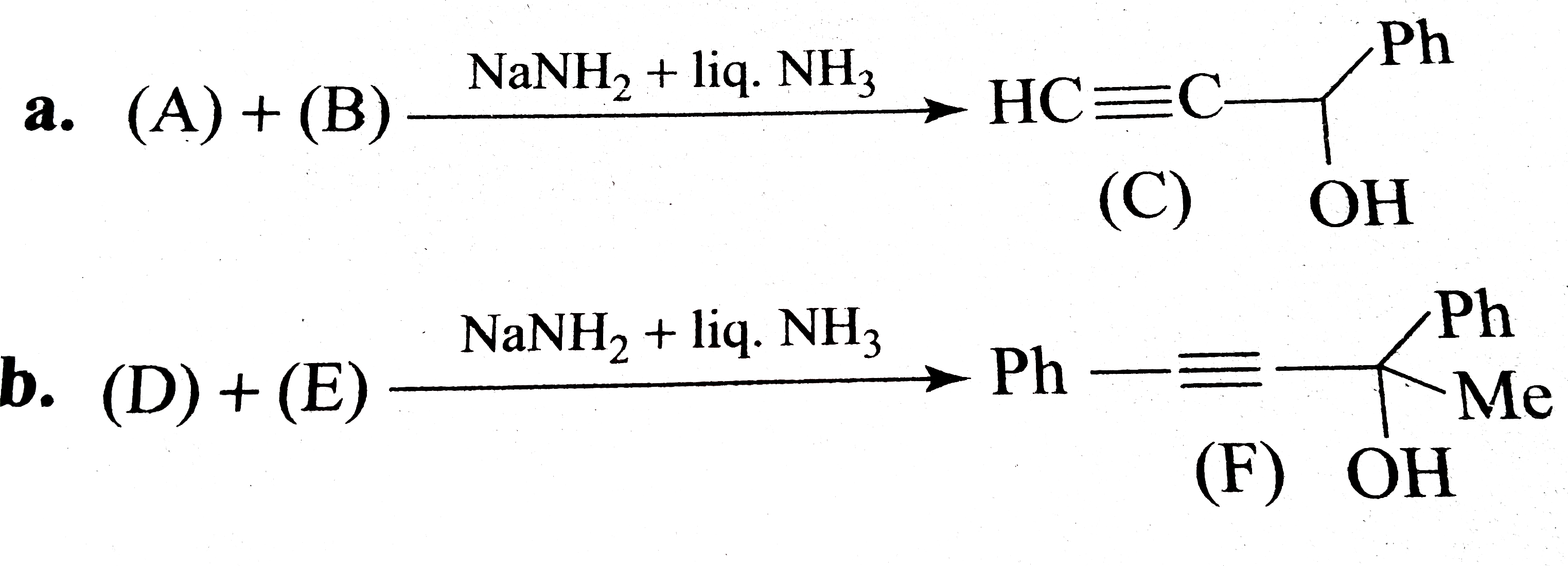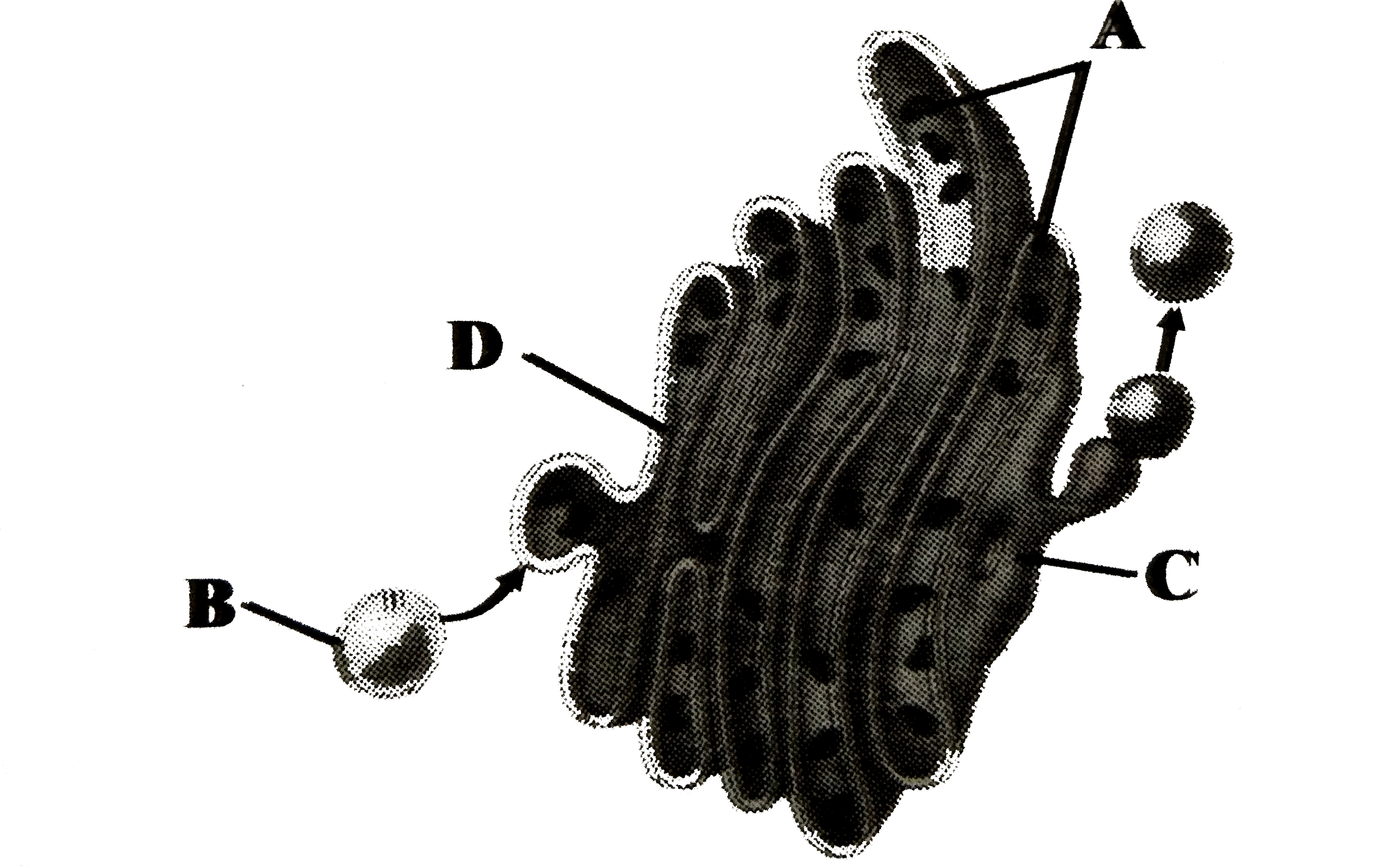Give the structure of spindle apparatus.
Step-by-Step Solution:
1. Definition of Spindle Apparatus:
The spindle apparatus is a structure that forms during cell division (mitosis and meiosis) to separate chromosomes into daughter cells.
2. Types of Spindle Apparatus:
In animal cells, the spindle apparatus is referred to as "Amphiestral." This term indicates that it consists of a spindle and two poles (asters).
3. Components of the Spindle Apparatus:
- Spindle Fibers: These are the main components of the spindle apparatus and are divided into two types:
- Continuous Fibers: These fibers connect one pole of the spindle to the other without attaching to any chromosomes. They provide structural support.
- Chromosomal Fibers: These fibers extend from the chromosomes to the poles of the spindle. They are responsible for attaching to the chromosomes and pulling them apart during cell division.
4. Centrosome and Centrioles:
The spindle apparatus originates from the centrosome, which is composed of two centrioles. The centrioles are cylindrical structures that play a crucial role in organizing the spindle fibers.
5. Asters:
The term "asters" refers to the star-like structures that form around the poles of the spindle apparatus. These are made up of microtubules that radiate outward from the centrioles.
6. Kinetochore:
Each chromosome has a specialized region called the kinetochore, which is a disc-shaped protein structure. The chromosomal fibers attach to the kinetochore, allowing the chromosomes to be moved toward the poles during cell division.
7. Alignment of Chromosomes:
During metaphase, chromosomes align at the equatorial plane of the spindle apparatus, ensuring that they are evenly divided between the two daughter cells.
Summary of Structure:
- The spindle apparatus consists of:
- Two poles (asters)
- Continuous fibers (connecting the poles)
- Chromosomal fibers (attached to chromosomes)
- Kinetochore (protein structure on chromosomes)
- Centrioles (located within the centrosome)
The spindle apparatus is a structure that forms during cell division (mitosis and meiosis) to separate chromosomes into daughter cells.
In animal cells, the spindle apparatus is referred to as "Amphiestral." This term indicates that it consists of a spindle and two poles (asters).
- Spindle Fibers: These are the main components of the spindle apparatus and are divided into two types:
- Continuous Fibers: These fibers connect one pole of the spindle to the other without attaching to any chromosomes. They provide structural support.
- Chromosomal Fibers: These fibers extend from the chromosomes to the poles of the spindle. They are responsible for attaching to the chromosomes and pulling them apart during cell division.
The spindle apparatus originates from the centrosome, which is composed of two centrioles. The centrioles are cylindrical structures that play a crucial role in organizing the spindle fibers.
The term "asters" refers to the star-like structures that form around the poles of the spindle apparatus. These are made up of microtubules that radiate outward from the centrioles.
Each chromosome has a specialized region called the kinetochore, which is a disc-shaped protein structure. The chromosomal fibers attach to the kinetochore, allowing the chromosomes to be moved toward the poles during cell division.
During metaphase, chromosomes align at the equatorial plane of the spindle apparatus, ensuring that they are evenly divided between the two daughter cells.
- The spindle apparatus consists of:
- Two poles (asters)
- Continuous fibers (connecting the poles)
- Chromosomal fibers (attached to chromosomes)
- Kinetochore (protein structure on chromosomes)
- Centrioles (located within the centrosome)
Topper's Solved these Questions
- BOOK - MODERN PUBLICATIONCHAPTER - CELL CYCLE AND CELL DIVISIONEXERCISE - REVISION EXERCISE (LONG ANSWER QUESTION)6videos
CELL CYCLE AND CELL DIVISION
- BOOK - MODERN PUBLICATIONCHAPTER - CELL CYCLE AND CELL DIVISIONEXERCISE - COMPETITION FILE (OBJECTIVE TYPE QUESTION)(A.MULTIPLE TYPE QUESTIONS (MCQS)):(FROM AIMPT &OTHER COMPETITIVE EXAMINATION)97videos
CELL CYCLE AND CELL DIVISION
- BOOK - MODERN PUBLICATIONCHAPTER - CELL CYCLE AND CELL DIVISIONEXERCISE - REVISION EXERCISE (VERY SHORT ANSWER QUESTION)25videos
CELL CYCLE AND CELL DIVISION
- BOOK - MODERN PUBLICATIONCHAPTER - CELL : THE UNIT OF LIFE EXERCISE - Chapter Practice Test (Section-E)1videos
CELL : THE UNIT OF LIFE
- BOOK - MODERN PUBLICATIONCHAPTER - CHEMICAL COORDINATION AND INTEGRATIONEXERCISE - Chapter Practice Test16videos
CHEMICAL COORDINATION AND INTEGRATION
Similar Questions
Knowledge Check
- Question 1 - Select One
If cells in the process of dividing are subjected to colchicine, a drug that interfere with the functioning of spindle apparatus, at which stage mitosis will affected ?
AAnaphaseBTelophaseCInterphaseDMetaphase - Question 2 - Select One
Assertion :- Calcium is required by meristematic cells.
Reason:- Ca is involved in formation of spindle apparatus.AIf both assertion and reason are true and reason is the correct explanation of assertion.BIf both assertion and reason are true but reason is not the correct explanation of assertion.CIf assertion is true but reason is false.DIf both assertion and reason are false.
Give the structure of reactants:
 View Solution
View SolutionSelect the option with correct labelling of given structure of Golgi apparatus.
 View Solution
View SolutionGive the structures of reactants:
 View Solution
View SolutionGive the structure of 3-Oxopentanal.
View SolutionGive the structure formula of aspirin . Give the IUPAC name .
View SolutionGive the structure of equanil. Give its uses .
View Solution

